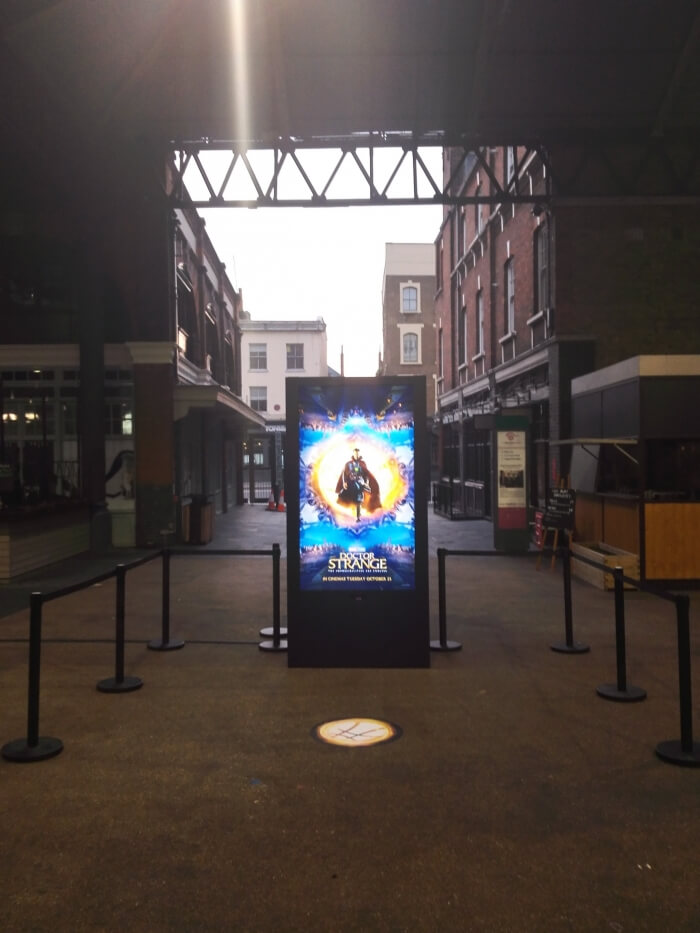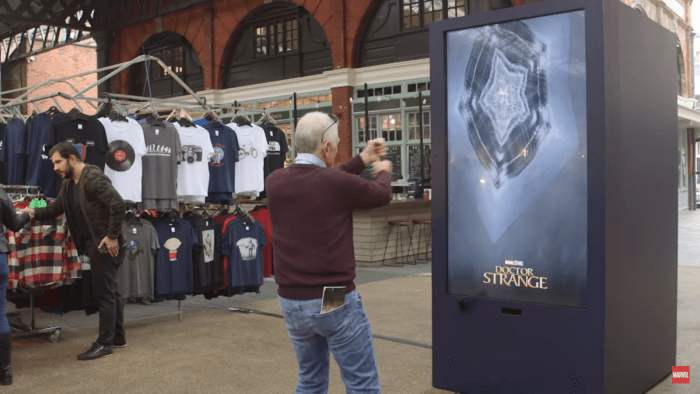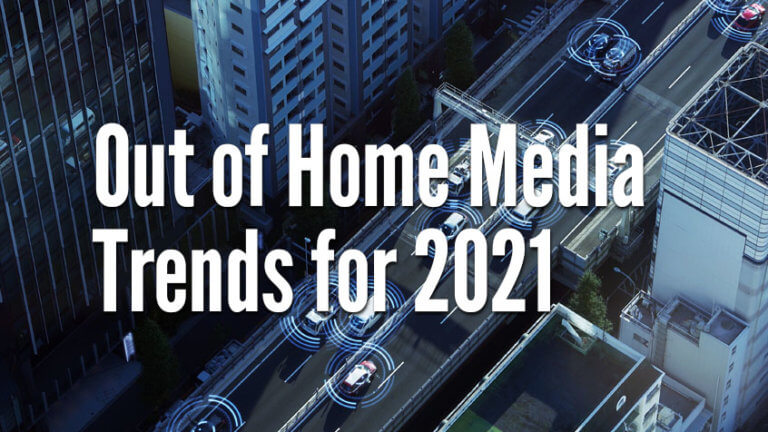
The Out of Home Advertising Association of America (OAAA) has identified trends that are currently affecting Out-of-Home (OOH) media so far this year. They discovered four prominent trends in 2021 that will shape the OOH medium including, opportunity, programmatic transactions, 5G, and the colour green. Although these trends seem all over the place, they will work together to make OOH a force to be reckoned with in 2021.
Let’s talk opportunity
According to the OAAA, OOH will outpace other major media this year for a number of reasons. One of the biggest factors being the technological burnout that people are facing after months of constant lockdown. Time spent watching television is projected to drop by 7% in 2021 and 3 out of 4 consumers are tuning out digital device ads these days. Besides the fact that people don’t want to look at their devices anymore, it’s also extremely easy to block out digital advertising simply with the click of a button. OOH on the other hand, can’t be ignored or blocked out. It’s always front and center, especially when people are driving and have nothing else to look at but the road and the signs that are placed directly beside them. Advertisers and brands have the opportunity to invest in OOH advertising at a time when the market is teeming with possibility. According to Group M and Magna, the OOH ad market is going to recover in a big way in 2021, with an increase in ad revenue by 5-6%. Media buyers should be considering the OOH medium based on the expected statistics alone! However, they should also take into consideration the fastest recovering sectors in 2021, that being health and social services, information services, science and tech, and real estate. These sectors are particularly important when considering their effects on the OOH medium because they all heavily rely on OOH to engage with consumers. These are also heavily funded sectors of our society, which means they will be putting a lot of their ad budget towards OOH campaigns.
Programmatic takeover
Consumers are more dialled in than ever to the world around them. That means that they are also very aware of the advertising that they come into contact with. However, at the same time blocking out advertising that’s uninteresting and seemingly superficial is easy to do. That’s why more and more companies and advertisers are investing in programmatic advertising. This kind of advertising focuses on reaching consumers with personalized messages, just when they seem to need it the most. Programmatic OOH advertising can pause, pivot, and switch at a moment’s notice to display ads that consumers need or want in real time. Say you’re walking in a park on a hot summer’s day and all of a sudden you see an OOH ad for a cold beverage or ice cream cone, tell me that doesn’t sound extremely enticing. Programmatic OOH has the ability to make ads like that extremely relevant to whatever situation your brand might need. So far, it seems to be very effective and brands and advertisers are taking notice. EMarketer claims that 12% of Digital OOH (DOOH) media is transacted programmatically, which will grow to 17% by 2022.
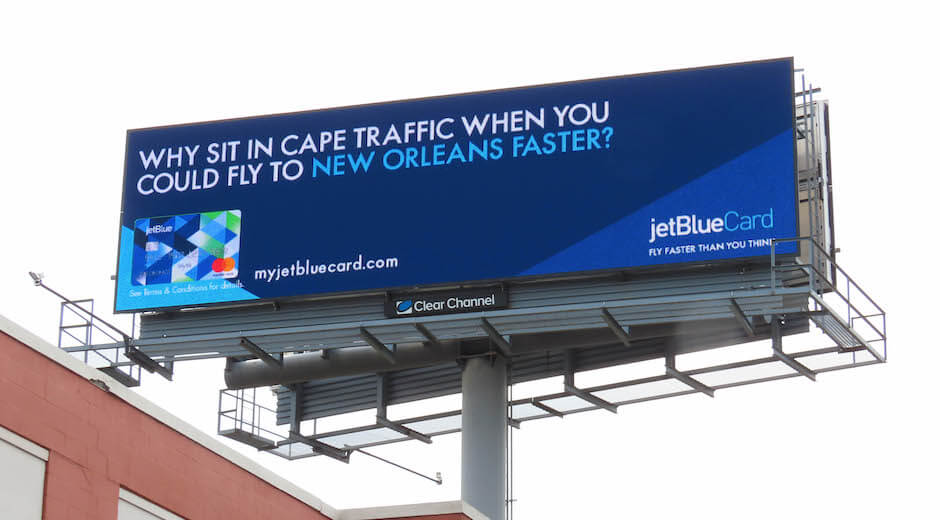
The major low-cost airline, jetBlue, wanted to target vacationers that were driving to Cape Cod. Using programmatic DOOH, they encouraged travellers to explore different vacation destinations that have similar travel times. OpenLoop helped integrate real-time transport API’s and jet Blue’s flight schedules in order to provide the comparison of the driving time of Cape Cod to flight times for alternative destinations.
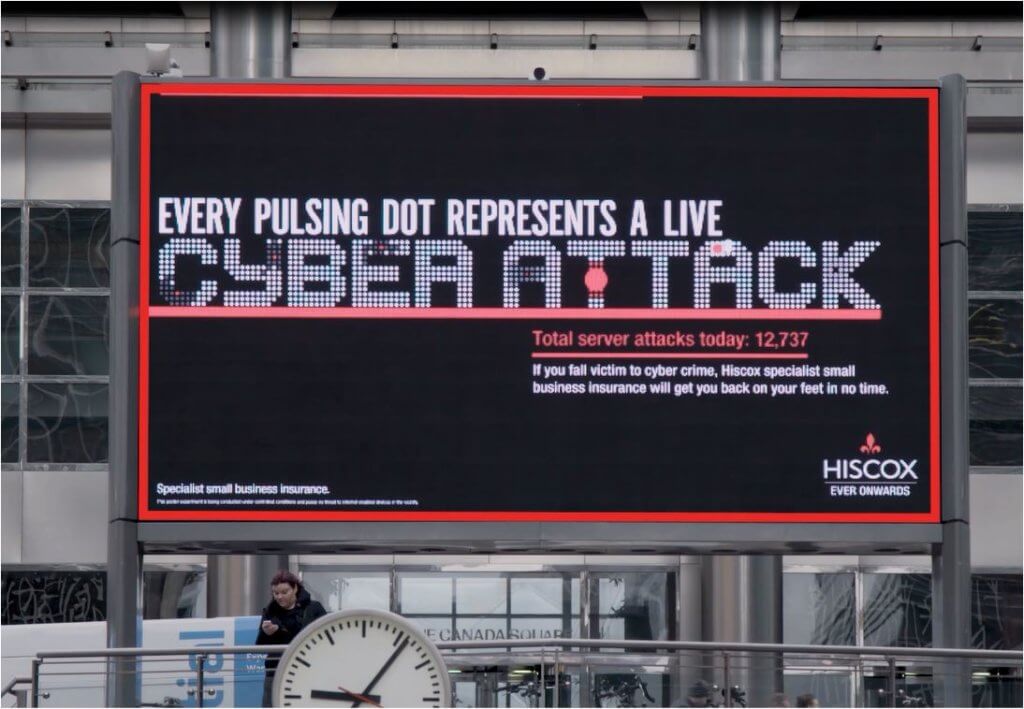
An extremely unique use of programmatic OOH advertising was created back in 2019 by the company called Cybercriminals. They created a programmatic DOOH campaign for Hiscox Cyber Live in order to bring awareness to cybercrime in small businesses. Cybercriminals made public real-life cyber-attacks by setting up three honeypot servers, of the type typically used by small businesses. Then, OpenLoop fed the data from those servers into the digital poster network at prominent stations and roadside sites. When an attack occurred, it triggered a pulsing red light on the poster, which slowly became bigger and bigger as more attacks occurred. The campaign ended up winning numerous awards including, “Campaign of the Year,” at the Campaign Media Awards 2019.
A new generation of tech
According to OAAA, 5G will elevate OOH from an ad platform to an instantaneous, technology-enabled communications network. 5G devices simply put, allows us to connect to more devices at the same time, are more responsive, and have incredibly fast data speeds. Of course, this will impact the way that mobile advertising is created and implemented, but it will also have a large impact on DOOH and OOH in general. 5G allows brands to have conversations with their target audience, instead of it being a one-way conversation. Vendors can use 5G to send audio and video messages to their digital billboards, which can react based on signalling. Consumers will see different messages depending on the time of day and what’s going on around them, allowing advertisers and companies to target their messages to people who could be responsive.
For the release of Doctor Strange, the DOOH company Grand Visual utilized a satellite link so that passersby could ‘open a portal’ (a live video link) between London and LA. The DOOH screen, along with AR technology, allowed passersby to ‘bend time’ by using their arms to open up what looked like a portal to other places on the screen. They could talk to and gesture at people in other cities using the ‘portal’ at the same time! The campaign was extremely well-received and made the release of the upcoming movie all the more exciting.
Go green!
According to the OAAA, the Post-COVID colour is green. But what does that mean? Investors, the Biden Administration, corporations, and consumers are all thinking about going green. Global warming is becoming increasingly alarming and increasingly apparent to everyone. GM is saying they are phasing out gas-powered vehicles, BlackRock is investing in sustainability, and Transportation Secretary Pete Buttigieg is focusing on climate change. People with high influence and in positions of power are making vast changes to the way they run things in order to become more sustainable. The same goes for a lot of brands these days. According to a new study by IBM and the National Retail Federation, nearly 70% of consumers in the U.S. and Canada think it’s important that a brand is sustainable or eco-friendly. So, what does this mean for OOH? Well it means we’re going to start seeing a lot of advertisements promoting sustainable and eco-friendly behaviour – with the colour green!
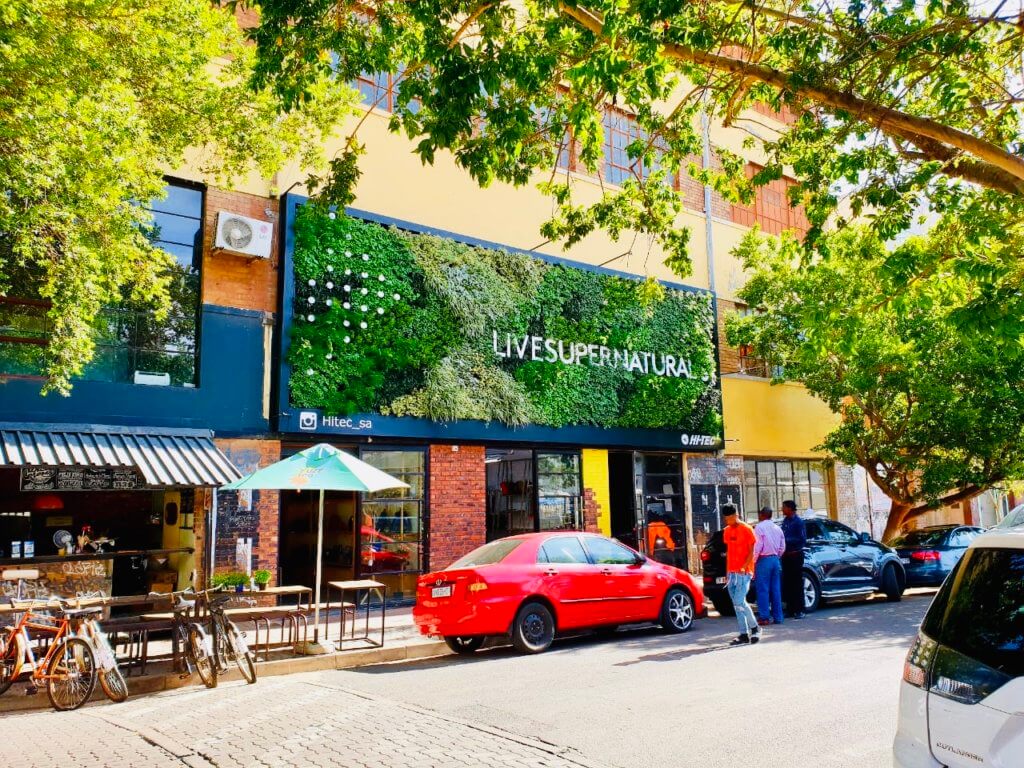
A great example of this was done by Vicinity, a leading supplier of green walls, who was approached by Hi-Tec, an outdoor lifestyle, footwear, and apparel brand, in order to create an OOH billboard to promote their new products. The billboard took roughly a week to create because it was covered in live plants and greenery. The green space surrounded the bold lettering, “LIVESUPERNATURAL,” to promote the brands sustainable and urban apparel and footwear. The campaign was impactful and very beautiful to look at. It is one of the many green wall billboards that Vicinity has created in order to demonstrate the forward-thinking and innovation that can come from sustainable advertising.
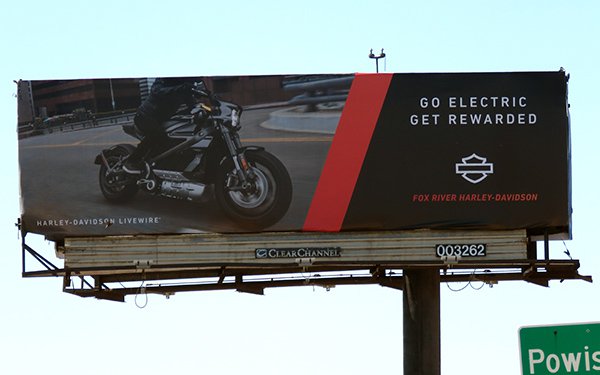
OOH companies and advertisers themselves are beginning to embrace more eco-friendly practices as well. Rapport, the global OOH media buying and planning agency, recently announced the launch of their newest offering for U.S. clients called ‘Rapport Beyond’. It is an initiative to create billboards and related media products that effectively offset carbon emissions and purify the air. A single Rapport Beyond billboard will have the ability to offset twelve cars averaging 10,000 miles per year, which is the equivalent of planting 88 trees! This is a pretty impressive initiative, one that will definitely influence other such companies to follow in their footsteps.
Check out this link to see what other companies are doing with OOH to help save the planet.
To conclude
It’s in the interest of advertisers, media buyers, and brands, to take note of OAAA’s current OOH trends. Why? Because this is what will put you ahead of your competition and bring better success to your advertising campaigns. Anticipating and understanding what makes current-day audiences excited and interested in whatever your advertising is hugely beneficial for increasing your ROI. OOH seems to be trending up and with these recommendations in mind, you’ll be well on your way to creating something spectacular.


